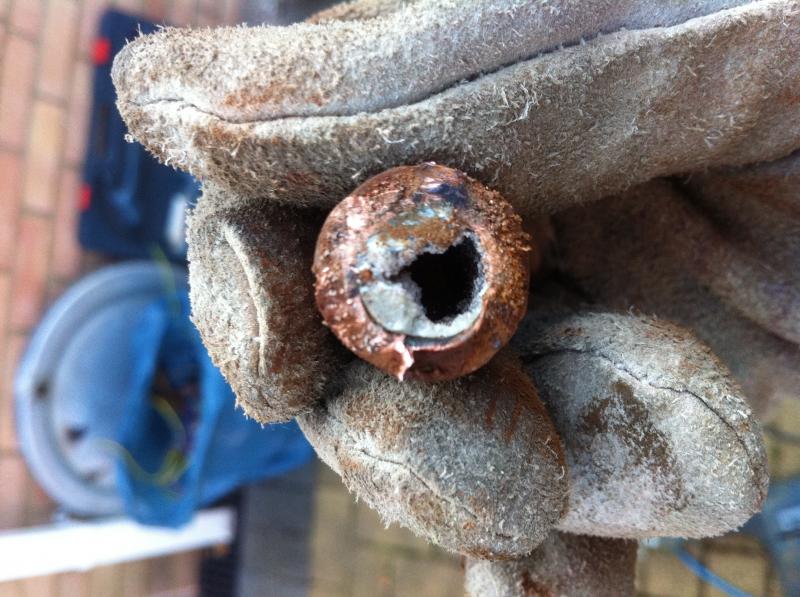Help. Advice on thermal stores from participants on forums like this is highly varied - ranging from "forget it" to "understand thermal layering". I am not a plumber and need to find someone who does understand what's involved and can specify and install something reliably.
Any tips on how to find someone I can trust?
Installation due in May. Warwickshire project small self-build - to be heated from log boiler / gas backup / thermal store buffer.
After about 15 hours research online thought I had worked it all out :
- Gledhill Torrent T210-OV
- Vaillant EcoTex Plus 428 boiler
- Stratford EcoBoiler 12 (gravity feed)
But after reading negative reviews about Gledhills on this site I am now worried; and aware that there are more details such as correctly sized expansions tank to be worked out.
Any recommendations appreciated.
Myles
Any tips on how to find someone I can trust?
Installation due in May. Warwickshire project small self-build - to be heated from log boiler / gas backup / thermal store buffer.
After about 15 hours research online thought I had worked it all out :
- Gledhill Torrent T210-OV
- Vaillant EcoTex Plus 428 boiler
- Stratford EcoBoiler 12 (gravity feed)
But after reading negative reviews about Gledhills on this site I am now worried; and aware that there are more details such as correctly sized expansions tank to be worked out.
Any recommendations appreciated.
Myles



